The dozens of hectares of fields in Na Tuong village, Xuan Duong commune (Na Ri district) are strangely deserted. At this time of year, the fields would have been covered in green with young rice seedlings, but this year the fields are dry and people have not been able to work the land.
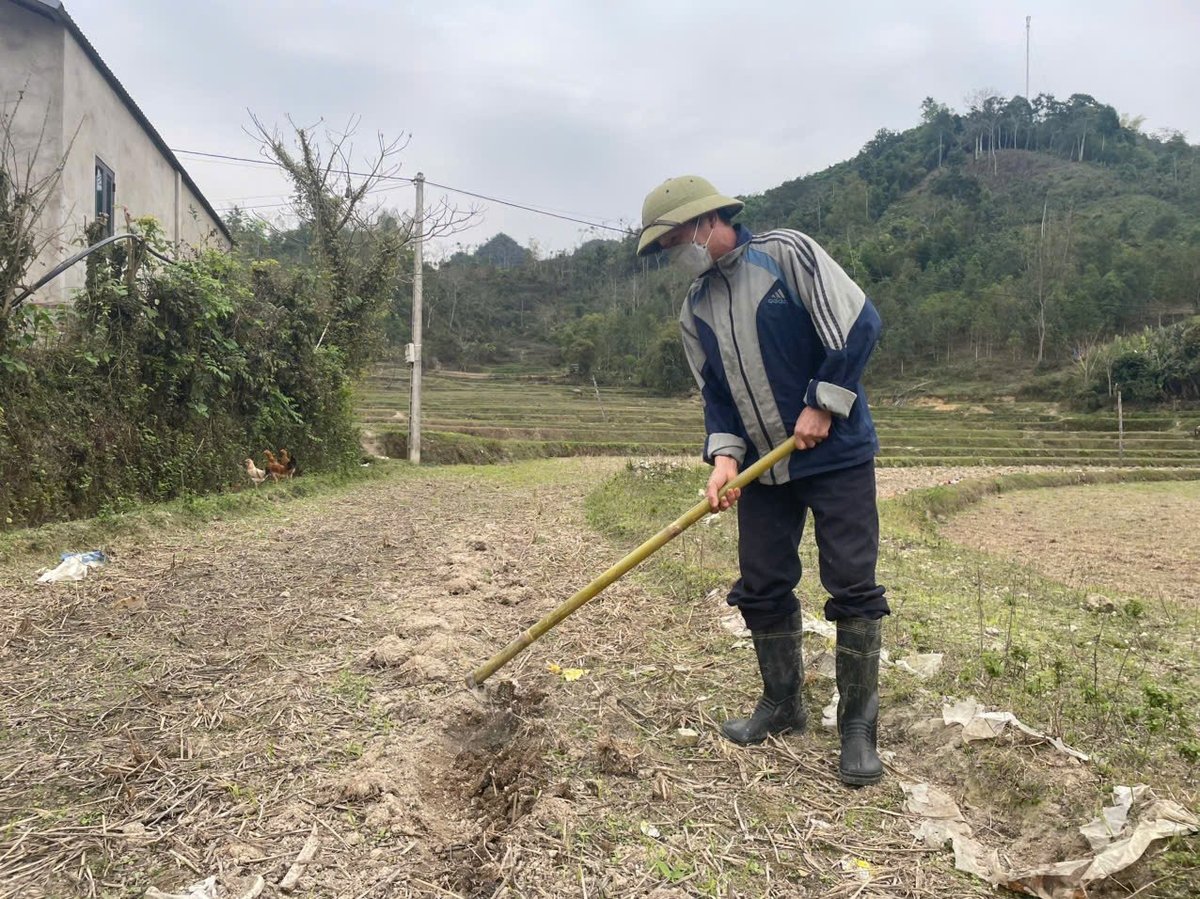
Mr. Lo Xuan Ta's field cannot be tilled due to lack of water, and there is a risk that the land will be left fallow during this year's spring crop. Photo: Ngoc Tu.
Mr. Lo Xuan Ta's family has more than 2,000 square meters of rice fields, half of which have been planted, the other half has no water and cannot be used for production. Mr. Ta said that the entire field has no irrigation works and is completely dependent on rainwater. In the locality, it has not rained for many months, and dozens of hectares of fields are dry.
“In previous years, if there was a lot of rain, we could grow two rice crops, and some years we could grow one crop, but this year the land will definitely be left fallow. Now, if it rains, it is past the rice and corn planting season, so it will be difficult to harvest,” Mr. Ta added.
Mr. Hoang Van Cuc, Head of Na Tuong village (Xuan Duong commune) informed that the village has 2 fields, one is low, near the stream, people use pumps to bring water to the field, and have finished planting. But the remaining field is higher, far from the stream, so we have to wait for rainwater, there is no other way.
According to statistics from the Na Ri district agricultural sector, the entire district has more than 400 hectares affected by drought in this spring crop. Of these, 178 hectares are managed by the district Irrigation Management Station, and 260 hectares are managed by the locality.
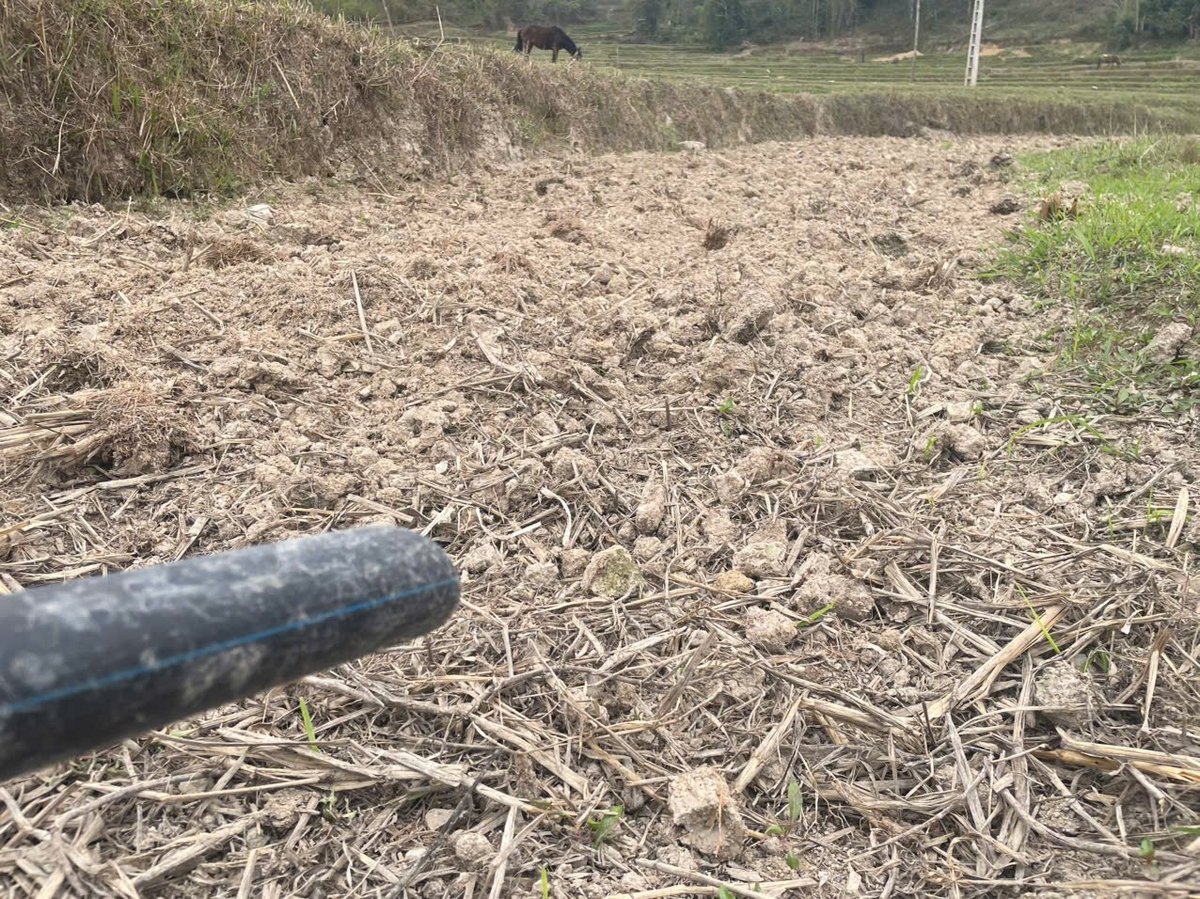
Cracked fields, no water in irrigation systems, people helplessly waiting for rain. Photo: Ngoc Tu.
Mr. Nong Quang Linh, in charge of the Na Ri District Irrigation Management Station, said that due to many consecutive months without rain, the flow rate on rivers and streams was low, and the reservoirs only held 50-60% of their designed capacity. Although the unit had coordinated with localities to repair and dredge canals since the beginning of the year, many works had deteriorated and were difficult to repair, leading to hundreds of hectares of fields being affected by drought.
According to calculations, Na Ri district needs about 12 billion VND to operate the pumping system, buy more pumps, water suction pumps, dredge, clear, and temporarily repair irrigation works to fight drought.
According to data from the Department of Agriculture and Environment of Bac Kan, this spring crop, the whole province has about 1,693 hectares at risk of drought, of which a large part of the area depends entirely on rainwater. Localities with large areas of drought are Na Ri with more than 400 hectares, Cho Moi with more than 390 hectares, Cho Don with more than 210 hectares, and Ba Be with more than 270 hectares.
The Department of Agriculture and Environment of Bac Kan has requested units and localities to repair irrigation works and continue to store water for production. For areas without irrigation water, they should proactively switch to growing some short-term crops such as sweet corn, biomass corn, soybeans, peanuts, and sesame. In addition, the specialized sector also requires localities to prepare materials and seeds to promptly replant drought-affected areas if they are still within the cropping period.
Regarding project operation solutions, units regularly check and evaluate water sources in irrigation projects, have plans to regulate and distribute water reasonably to ensure supply for essential needs and agricultural production.
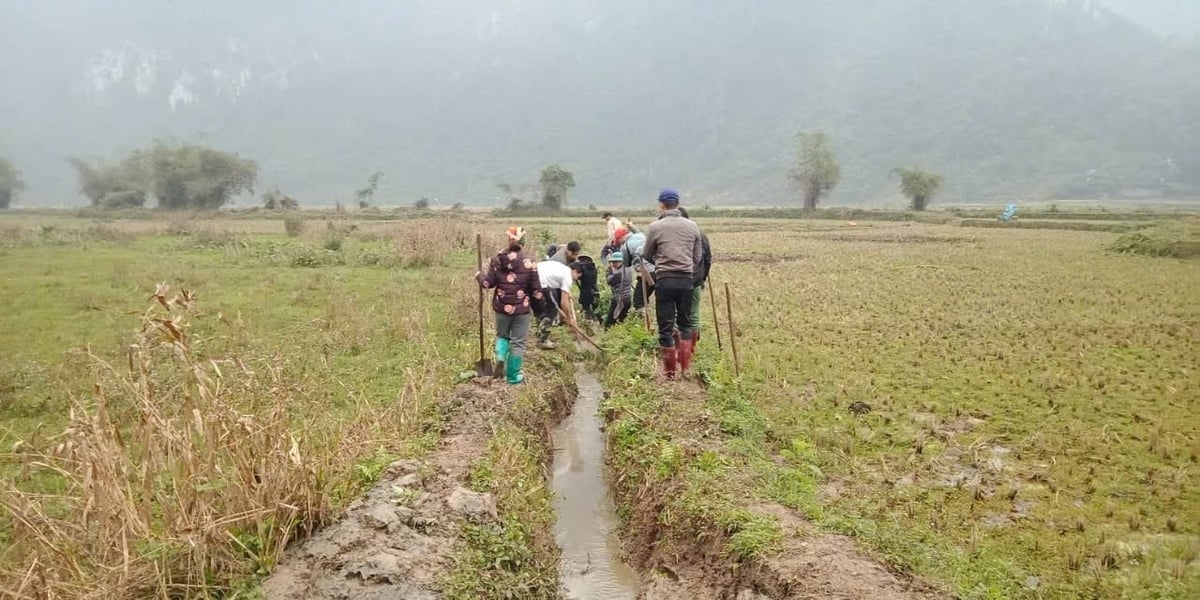
People of Na Ri district participate in dredging canals to fight drought. Photo: Ngoc Tu.
Currently, Bac Kan Irrigation Works Management and Exploitation Company Limited is actively installing, repairing and maintaining pumping stations and field pumps, taking advantage of all water sources to serve production.
In the long term, localities need to implement water-saving irrigation solutions, prioritizing meeting minimum water needs during water-sensitive periods of plants to ensure effective production and adapt to increasingly complex weather developments.
Source: https://nongnghiep.vn/ruong-dong-nut-ne-nguy-co-han-han-dien-rong-tai-bac-kan-d745006.html



![[Photo] Touching images recreated at the program "Resources for Victory"](https://vstatic.vietnam.vn/vietnam/resource/IMAGE/2025/4/14/99863147ad274f01a9b208519ebc0dd2)
![[Photo] Children's smiles - hope after the earthquake disaster in Myanmar](https://vstatic.vietnam.vn/vietnam/resource/IMAGE/2025/4/14/9fc59328310d43839c4d369d08421cf3)
![[Photo] Opening of the 44th session of the National Assembly Standing Committee](https://vstatic.vietnam.vn/vietnam/resource/IMAGE/2025/4/14/03a1687d4f584352a4b7aa6aa0f73792)

![[Photo] General Secretary To Lam chairs the third meeting to review the implementation of Resolution No. 18-NQ/TW](https://vstatic.vietnam.vn/vietnam/resource/IMAGE/2025/4/14/10f646e55e8e4f3b8c9ae2e35705481d)

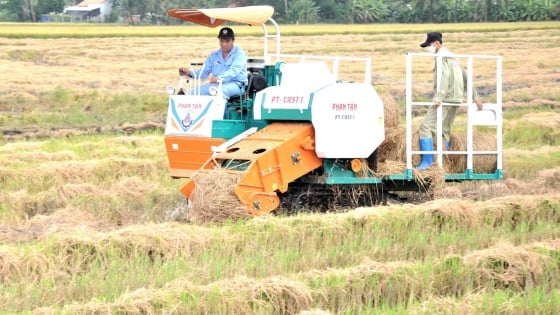








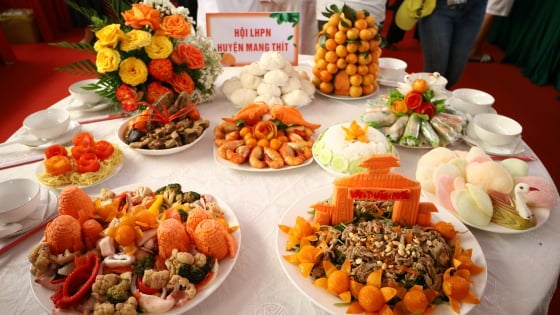
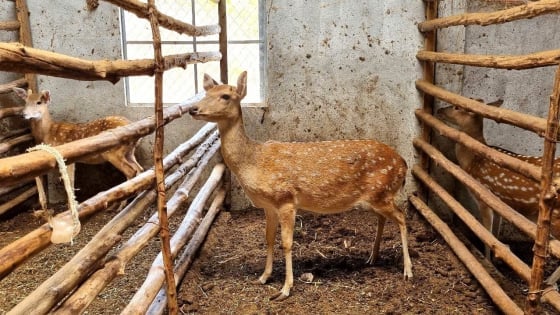
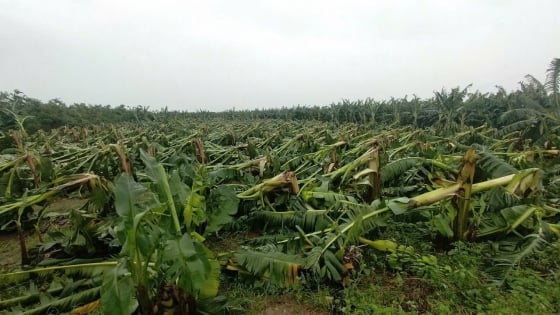
![Building the Vietnamese bird's nest brand: [Part 2] Taking off from 3 key factors](https://vstatic.vietnam.vn/vietnam/resource/IMAGE/2025/4/11/d663f78188744b9abaf7f7bda9d1f112)
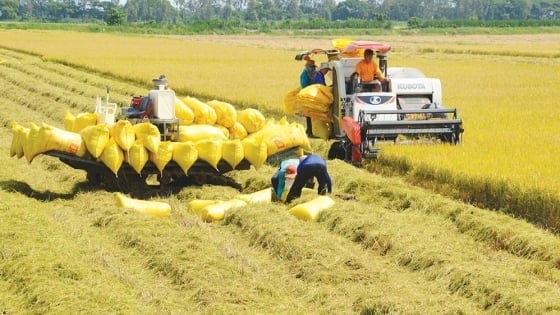
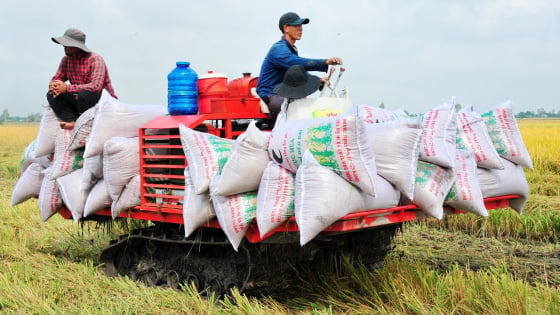








































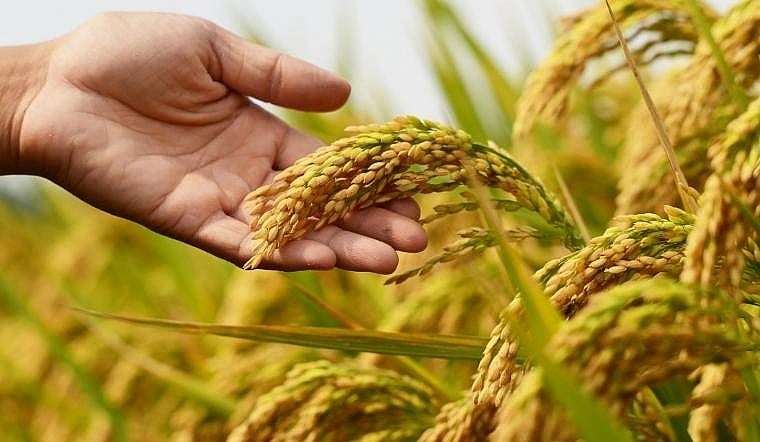

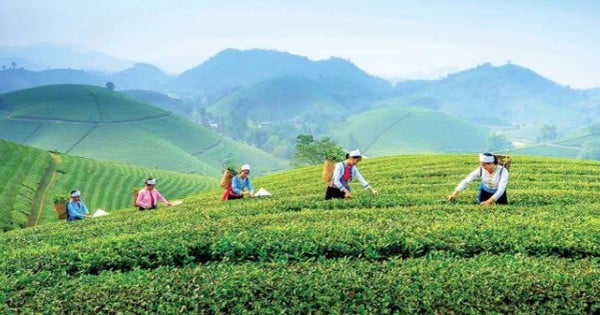


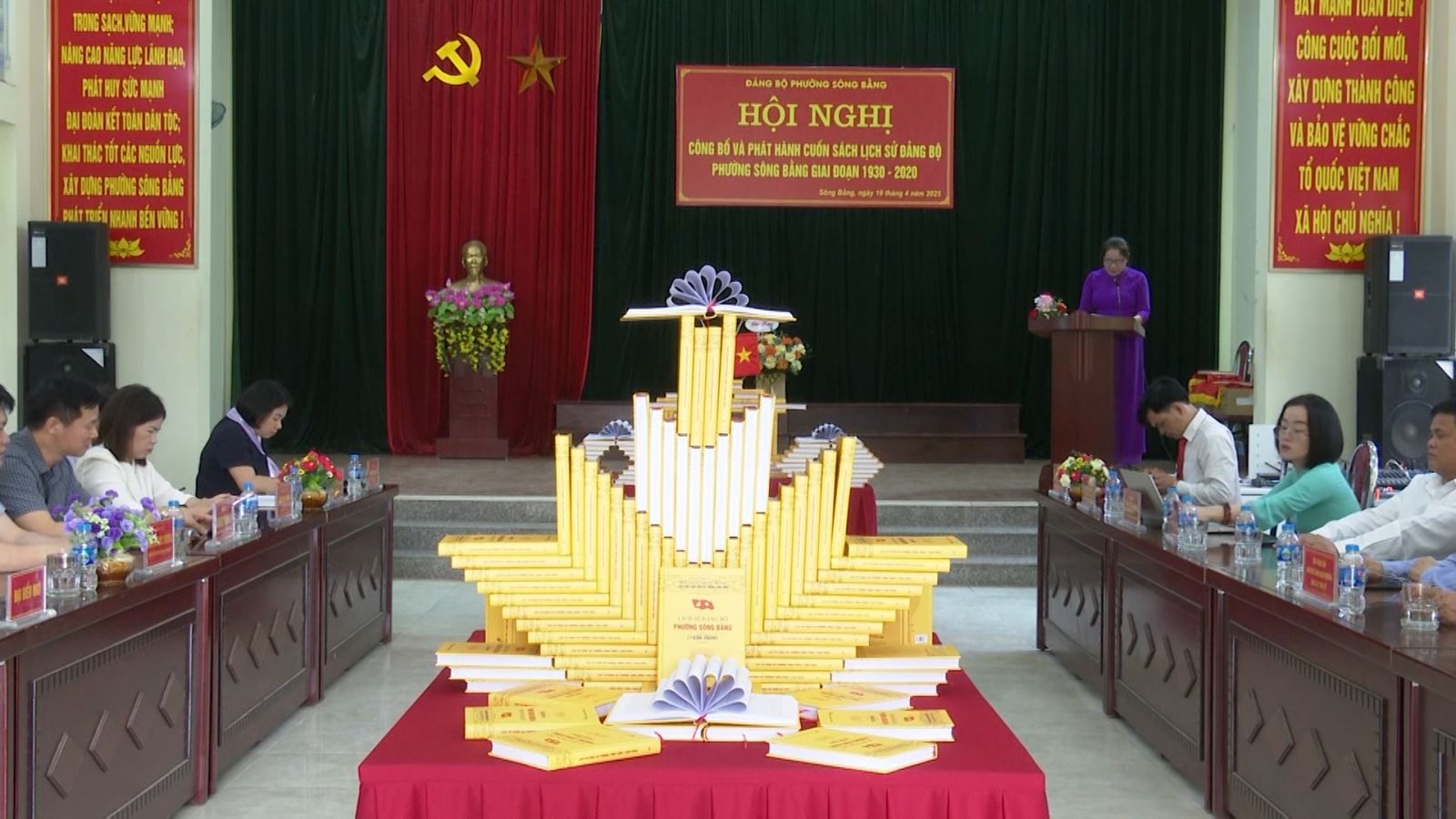







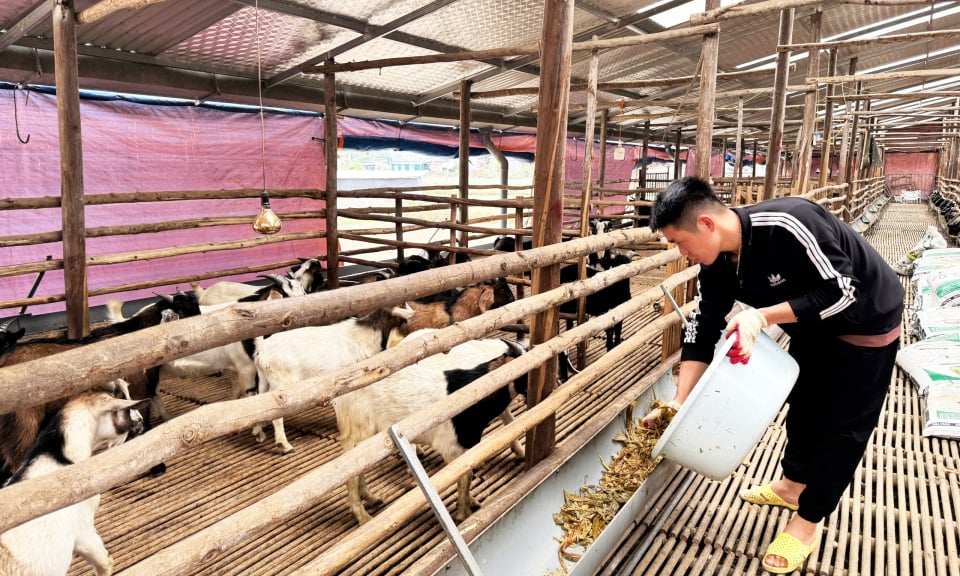









Comment (0)